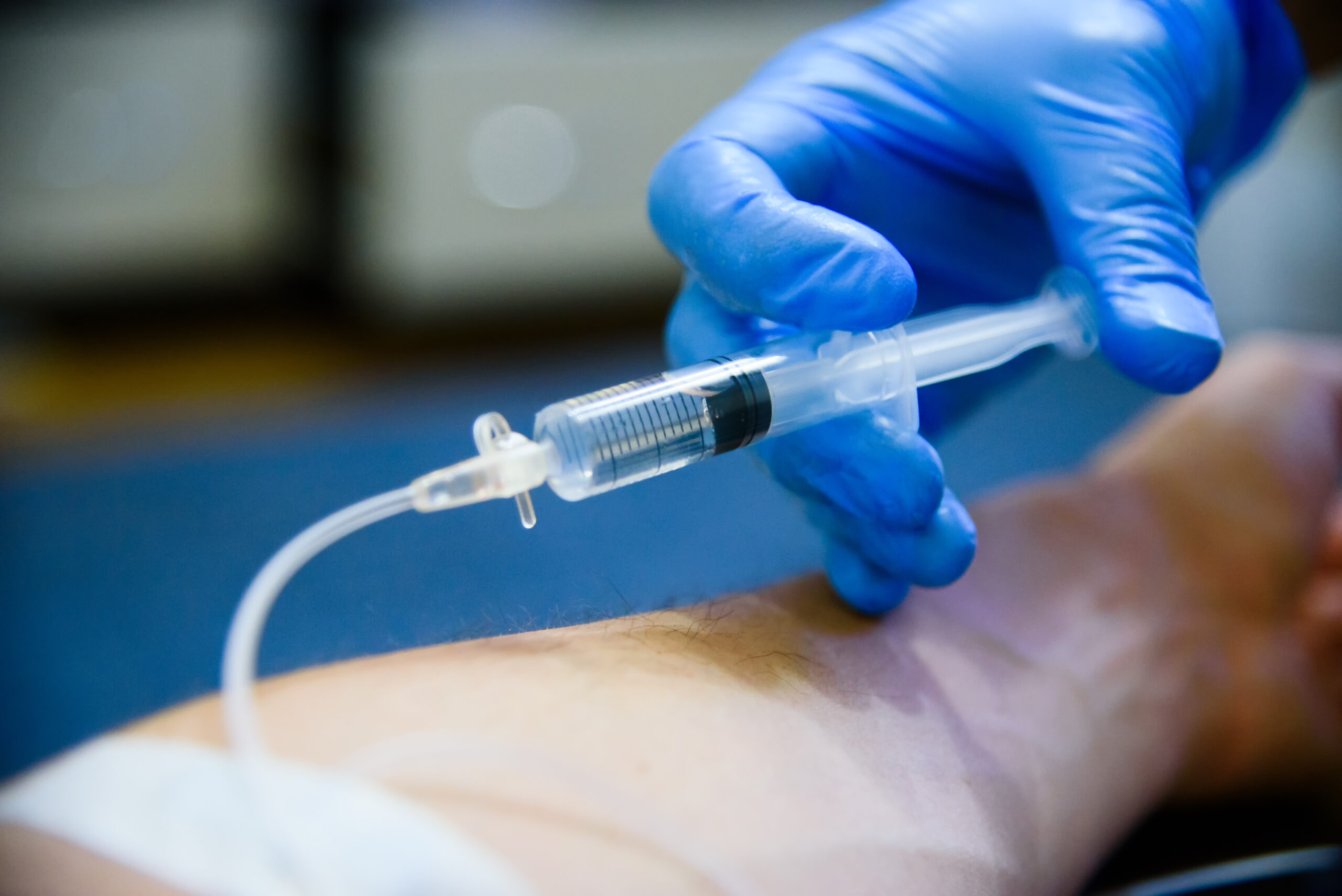In the realm of anticoagulation therapy, the interaction between protamine and heparin is of paramount importance, particularly in surgeries such as cardiac procedures where blood clot prevention is crucial. Protamine sulfate is widely used to neutralize the effects of heparin, a commonly used anticoagulant. Understanding the complex dynamics between these two drugs is essential for ensuring patient safety and effective management of anticoagulation during and after surgical procedures. This article explores the critical aspects of protamine and heparin interactions, shedding light on their clinical implications and management strategies.
Understanding Heparin and Protamine
Heparin is a highly effective anticoagulant that prevents the formation of clots by inhibiting certain blood coagulation factors. It is extensively used during surgeries and in medical conditions where there is a risk of blood clots. However, its anticoagulant effect needs to be reversed quickly after the surgical procedure to prevent excessive bleeding. This is where protamine sulfate comes into play. Protamine, a protein that is strongly basic, acts as an antagonist to heparin, a strongly acidic compound, thus neutralizing its effects.
Mechanism of Action
The interaction between protamine and heparin is a classic example of charge-based neutralization. Protamine, with its positive charge, binds to negatively charged heparin, forming a stable complex that inhibits heparin’s anticoagulant activity. The precise dosage of protamine required depends on the amount of heparin that needs to be neutralized. This dosage calculation is critical as both under-dosage and over-dosage of protamine can lead to serious complications such as continued bleeding or paradoxical thrombosis.
Clinical Implications of Protamine-Heparin Interaction
The clinical implications of the interaction between protamine and heparin are significant. Correctly managing this interaction is critical to patient safety, particularly in the perioperative setting. Inadequate neutralization of heparin can lead to postoperative bleeding, a significant cause of morbidity. Conversely, excessive administration of protamine can lead to complications such as hypotension, pulmonary hypertension, and in rare cases, catastrophic pulmonary vasoconstriction.
Monitoring and Management Strategies
Effective monitoring and management of heparin and protamine administration are essential for safe surgical practices. This typically involves regular monitoring of coagulation parameters such as activated clotting time (ACT) to ensure that heparin’s effect is adequately neutralized by protamine at the end of the surgery. Furthermore, it is crucial to adjust the dose of protamine based on residual heparin levels, which can vary depending on the duration of the surgery and the metabolism of the patient.
Protamine Allergy and Risk Factors
One of the challenges in managing protamine and heparin interactions is the risk of protamine allergy, which can lead to serious anaphylactic reactions. Patients with a history of fish allergies (since protamine is derived from fish sperm) or those who have had previous exposure to protamine through certain insulin formulations may be at increased risk. Preoperative screening and careful history taking are essential to identify at-risk patients, and alternative strategies may need to be considered for those with a known protamine allergy.
Advances in Anticoagulation Reversal
Recent advancements in pharmacology have led to the development of alternative agents that can reverse the effects of heparin without the use of protamine. These novel agents are designed to offer safer profiles and are particularly useful in patients who have contraindications to protamine use. Ongoing research and clinical trials continue to explore these alternatives, aiming to enhance safety and efficacy in anticoagulation management.
Conclusion
The interaction between protamine and heparin is a critical aspect of managing surgical anticoagulation. A deep understanding of this interaction, precise dosing, and careful monitoring are essential to prevent complications and ensure optimal patient outcomes. As advancements in pharmacology progress, the potential for safer and more effective anticoagulation reversal continues to evolve, promising improved surgical care and patient safety in clinical settings.
